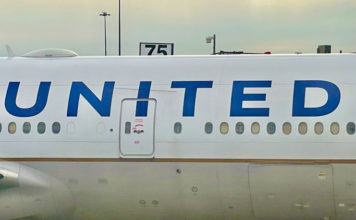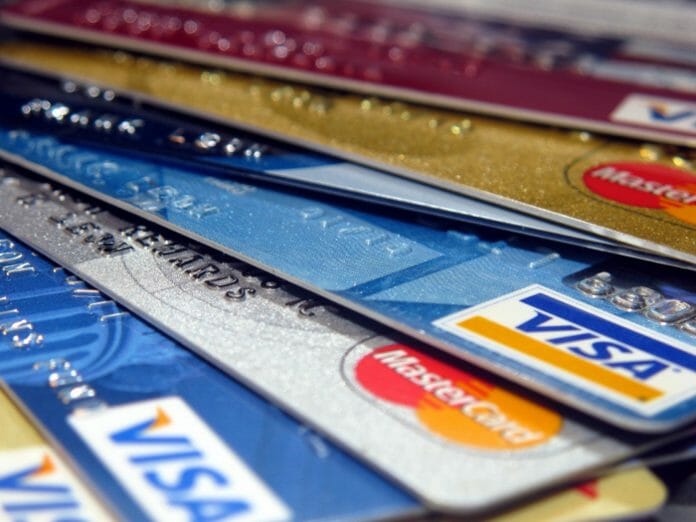
TravelingForMiles.com may receive commission from card issuers. Some or all of the card offers that appear on TravelingForMiles.com are from advertisers and may impact how and where card products appear on the site. TravelingForMiles.com does not include all card companies or all available card offers.
The US banking system as a whole is incredibly backward. Certain things that are taken for granted in a lot of European countries (fee-free accounts, direct debits, etc…) are the exception rather than the norm in the US.
I faced a great example of this backward system when trying to pay my rent a couple of years ago. What I wanted was simple – I needed to set up a regular monthly payment into my landlord’s bank account to make sure that my rent was paid on time. I travel a lot and I could never be sure I’d be in the country to personally hand over payment so an automated payment made sense.
Apparently this was too much for my bank to handle. Quite unbelievably they had no system in place whereby I could automate a payment into my landlords account. So do you know what they had to do? They had to physically mail my landlord a check, every month, to pay my rent. That’s staggering! No one in the civilised world uses checks anymore and yet here was a bank (a very big bank!) entrusting my rent to the USPS. Nothing any US bank did or said after that experience surprised me.
This brings me on to the credit cards issued by the US banks.
Note: there are no credit card affiliate links in this article.
In terms of the benefits US credit cards provide, the signup bonuses offered and the day-to-day points/miles earning potential, they have no equal. They’re fantastic. The offerings in Europe and Asia are laughable in comparison:
 Marriott Visa UK with standard 10,000 point signup bonus
Marriott Visa UK with standard 10,000 point signup bonus
 Marriott Visa USA with the standard 50,000 point signup bonus – and that’s on the low side!
Marriott Visa USA with the standard 50,000 point signup bonus – and that’s on the low side!
But a major failing of US credit cards has been the lack of chip-and-pin technology.
If you’ve only been using your US credit cards at home then you probably won’t have noticed any issues…but if you’ve travelled abroad it’s unlikely that you haven’t faced difficulties. In most European countries chip-and-pin technology has been around for years and consumers have long been used to entering their card into a reader, typing in a pin and getting on with their day – no swiping, no checking of ID, no signatures and no fuss.
When a European retailer is confronted with a US credit card they’re often a little confused as to what to do with it. I’ve encountered young shop assistants who had never seen a credit card that you have to swipe – it’s like showing today’s teenagers a music cassette tape – and it can be quite amusing to watch them try to figure out what they have to do with it.
 A standard EMV terminal which can be used to accept “chipped” cards or ones with a magnetic strip
A standard EMV terminal which can be used to accept “chipped” cards or ones with a magnetic strip
It’s less amusing, however, when you encounter some of the European automated machines that simply don’t accept cards that don’t have chip-and-pin. Gas stations across the continent as well as a good number of train station kiosks will not take a US credit card that hasn’t got chip-and-pin technology – and that’s an issue when it’s vey late or very early and there are no attendants around to take a card payment.
A few years back it looked like the US credit card issuers were finally going to help out as they began to issue credit cards with chips embedded into them….but they still didn’t have a PIN. A chip-and-signature card was an improvement (the cards no longer had to be swiped) but they didn’t get around the fundamental issue that they wouldn’t work in a large number of automated machines/kiosks around the world – rest of the world had joined the 21st century and the US hadn’t.
A few credit card issuers did make the full move to chip-and-pin technology on some of their cards and, while the likes of Barclays, Wells Fargo, Bank of America and Capital One should be applauded for this, the fact is that they were the exceptions to the rule.
Not only were they exception to the rule but not all of their cards were transitioned to the new technology. Also, some of the ones that were transitioned weren’t that useful abroad because they come with foreign transaction fees (Alaska Airlines Visa from BoA for example).
However, finally things are changing. Slowly.
From 1 October 2015 the US is being dragged in to the modern era (just a few decades late) and is beginning the slow move to chip-and-pin technology.
Hallelujah! (sort of…)
So what’s happening from October?
From a retailer’s point of view the biggest change will be the “Liability Shift” associated with most major (non-Amex) credit cards. This means that merchants using non-EMV compliant devices that choose to accept transactions made with EMV-compliant cards assume liability for any and all transactions that are found to be fraudulent. Put simply, if you don’t have an EMV terminal in your store and you accept an EMV-compliant credit card (which turns out to be stolen) the liability for the fraud now falls on your shoulders and not the shoulders of the card issuer.
New EMV terminals have been appearing in stores, shops and gas stations around the country but, from October, you can expect the rollout to be considerably quicker.
From a consumer’s point of view there won’t be much visible change in the short term. If you have a chip-and-signature card you will be able to use it in the new terminals without swiping it but you’ll still have to sign the credit card slip. If you don’t have a card with an EMV chip then you will be able to continue swiping your card as usual.
What are the credit card companies doing?
Well, if the front-line support staff are to be believed, not much. At least not right now.
I called up the four major loyalty card issuers to see what they had to say and these were the results:
American Express – no information right now on when chip-and-pin technology will be coming.
Citi -no information right now on when chip-and-pin technology will be coming.
Chase – Chip-and-pin enabled cards are coming, no set timeline, but they hope to start issuing cards before the end of 2015.
Barclays – The major Barclays-issued loyalty cards such as the Arrival cards and the American Airlines Aviator cards already have chip-and-pin technology but that’s not yet the case for all the cards Barclays USA issues. “We’re working on it” is what I was told when I asked if there was a date by which all cards would be chip-and-pin.
Frankly, this is pathetic.
It’s not like EMV technology or October 2015 have sneaked up on the credit card companies. I know and appreciate that the frontline support staff aren’t always the first to know what’s going on….but shouldn’t there be some information as to when we can expect chip-and-pin cards to start being issued? The card companies must know that, as October approaches and more people become aware of the transition, that consumers will start to ask questions. And yet they seem so utterly unprepared.
I know that there’s a group of people out there who’s in no rush to see the new technology implement. They simply don’t trust the microchips. There are arguments going back an forth as to whether on not the new EMV-chipped cards are less prone to fraud than the old-style cards but, frankly, I don’t care! All I want is to be able to use my credit cards wherever I go….and I don’t think that’s too much to ask!
If you want to keep up with the transition over to chip-and-pin I suggest following this excellent thread on Flyertalk. It will give you all the information you need, answer all your questions and will probably be one of the first places you’ll find out which credit cards have finally transitioned to chip-and-pin.
How do you feel about chip-and-pin? Have you been inconvenienced abroad because your cards don’t have EMV technology or are you just fine with how your cards are right now?
Featured image: Frankieleon via Flickr



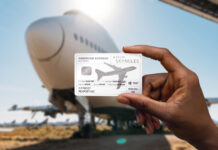
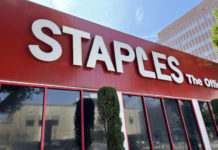
![The ideal 4 card American Express Membership Rewards team [Updated] a glass door with a picture of a man](https://travelingformiles.com/wp-content/uploads/2021/06/Amex-Centurion-Lounge-SFO-featured-741-218x150.jpg)



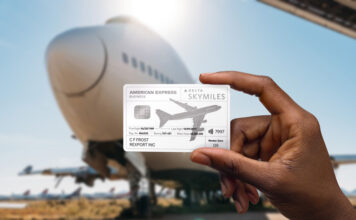
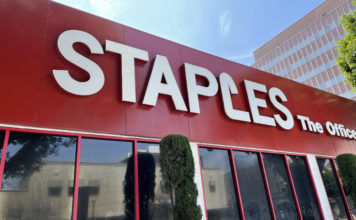
![The ideal 4 card American Express Membership Rewards team [Updated] a glass door with a picture of a man](https://travelingformiles.com/wp-content/uploads/2021/06/Amex-Centurion-Lounge-SFO-featured-741-356x220.jpg)
